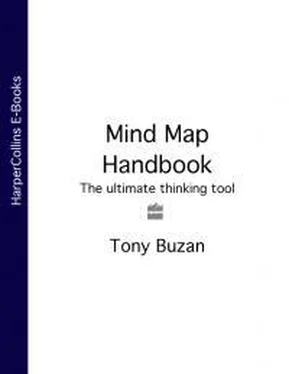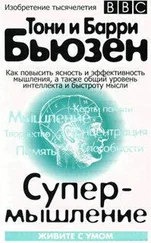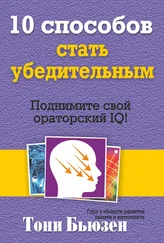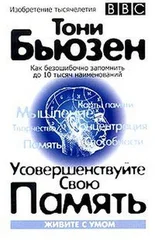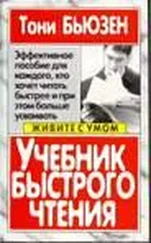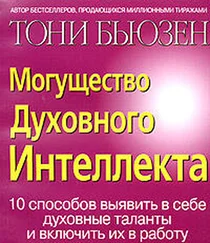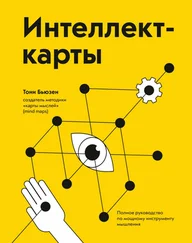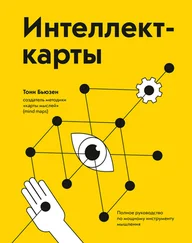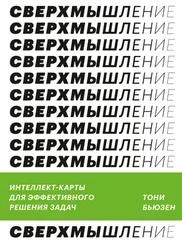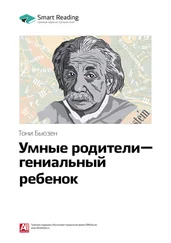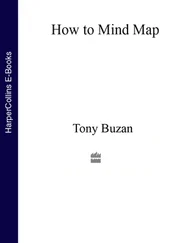11. You and Animals
Another fascinating Association Game is to compare yourself with as many different species as you can from the following classifications: mammals; birds; fish; reptiles; insects. Note the similarities and differences in each case. Decide which animals most resemble you or your ideals.
This is a great game to play with friends and colleagues. It is also a wonderful way of ‘breaking the ice’ when meeting new people.
BILL CLINTON
The ideas in this chapter are summarized in Plate 23.
3.9
You and Shakespeare – Poets Both!
This chapter shows you how you can use everything you have learnt in the Power of Creative Intelligence to release the tremendous power of Poetic Creativity that is within you. You will discover that as well as being a natural-born Artist and Musician, you are also a natural-born Poet.
You will learn a technique developed by myself and the late Poet Laureate, Ted Hughes, for generating as many poems as you wish!
First, let me explain how I became convinced of the creative power of poetry. (It will help you to know that at this time my main interest was nature and the outdoors.)
When I was a young teenager, my friends and I despised poetry, considering it wimpish, weak and for the feeble-minded – nothing to do with life, excellence, strength or power.
This was made worse by our English teacher at that particular time – a pale, often ill, small, untidy spinster who used to call us ‘children’ ( us ? children?! – we were 15 and we knew everything!) She would read poetry in a very dull and boring monotone, telling us that we were all Heathens, insensitive, unappreciative and boorish. English classes were a disruptive disaster, and we learnt less than nothing.
One day she came into the classroom clutching a poetry book. To general groans of boredom and despair, she announced that she was going to read her favourite poem.
She announced: ‘I’m going to read you a poem about a bird.’
We all cringed and groaned even more loudly than after her first announcement.
‘It’s a poem by Alfred Lord Tennyson.’ (More groans!)
Then she began, and in the next minute my life was transformed. The poem she read contradicted everything me and my friends had thought about poetry, and brilliantly used every Creative technique that you have learned. The poem was about that paragon of birds, the eagle.
The Eagle
He clasped the crag with crooked hands;
Close to the sun in lonely lands,
Ringed with the azure world, he stands.
The wrinkled sea beneath him crawls;
He watches from his mountain walls,
And like a thunderbolt he falls.
I sat stunned. In that one minute I had been transformed from a poetry-hater to someone who wanted to be able to convey, with such power and magnificence, the images, thoughts and emotions that were in my own head and fighting to get out.
Not even consciously knowing at that age that copying was a necessary part of Creativity, I decided to write my first poem in the style of my new hero, Tennyson.
An opportunity presented itself to me a few days later, when I was walking along a pier dotted with fishermen. As I walked by one of the anglers, he reeled in a beautiful gleaming silver-and-rainbow-coloured fish, which he immediately grabbed, held down on the grated iron floor of the pier, and proceeded to pound on the head with the fishing line lead weight until its frantic strugglings were nearly stilled.
As I was standing so close, and looking so intently at this life and death scene, it seemed as if the fish was looking me straight in the eye as it died. I felt guilty for not having tried to save it, and the seeds of my first poem were sown.
I went home, a doubly-changed teenager, and wrote my first ever poem, The Catch , which launched me on my Creative Writing career.
The Catch
It stares through me with glazing eyes;
The blood, congealing on them, dries;
As gasping one last breath, it dies.
The fish that once looked so divine
Lies smashed and dead, with broken spine.
I leave. The angler sorts his line.
Creativity and Poetry
As will be coming clear, poetry simply involves applying the principles of Fluency, Flexibility, Originality and Association to your relationships with words. The technique was used, in conjunction with Mind Maps, by Ted Hughes.
Hughes developed a wonderful method for developing creative and metaphorical thinking in which he used memory systems and Mind Maps. First he would teach his students simple memory systems to prove to them that by using the power of Association and Imagination, their memories could develop to a level of perfect performance. Hughes used to emphasize that the more bizarre (removed from the norm!) their images were, the better his students’ memories would be.
Having broken the traditional log-jam in their imaginations, and encouraged those imaginations to run wild, he took them through an exercise very similar to that which you have done, linking unconnected words to each other (see here).
He would give his students a pair of apparently completely disconnected objects (such as ‘mother’ and ‘stone’), and would ask them to do a Mind Map exercise, identical to the ‘FUN’ game you did in Chapter 3.3.
When the students had thought of 10 words around each object, Hughes would then instruct them to take one word from one concept and find associations between that and the ten words from the other one. They then moved to the second word from the first concept and found associations with the ten words from the other, and so on until they had associated all ten with all ten. To everyone’s amazement many of the associations were extremely unusual, highly imaginative, very provocative and often quite moving.
The students’ next task was to select the best ideas from all their thoughts, and from them to construct a creative and original statement, and ideally a poem.
The ‘mother-stone’ was one of his favourites, and I give as an example my own two Mind Maps (see here) and resulting mini poem from this exercise.
Thank You
Gems embrace her throat.
She the Jewel.
In Her Crown,
the Diamond of my Mind.
Another one of Ted’s favourites was to juxtapose ‘one’ a person, and ‘one’, an animal. The exercise was the same: radiate 10 thoughts on the first word, 10 thoughts on the second and then find the most enticing associations.
For your own amusement, randomly pick pairs of ‘opposites’ from a dictionary, and find at least two associations between each as you go along – or do the poetry writing Mind Map exercise on each, and write your own creative pieces.
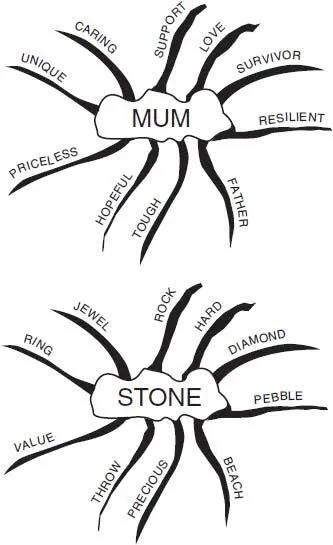
With the techniques of the great creative geniuses on your side, with the technique of Mind Mapping to help you explore your poetic thought, and Ted Hughes’ method as a guide, you are now ready to start your penultimate Creativity Workout.
Creativity Workout
1. Play the Poetry Association Game
Take the poetry generation ideas on the previous page, select a couple of your favourites, and write a little poem, much as I did using the Hughes technique here.
2. Poetry and Creative Thinking Techniques
Читать дальше
